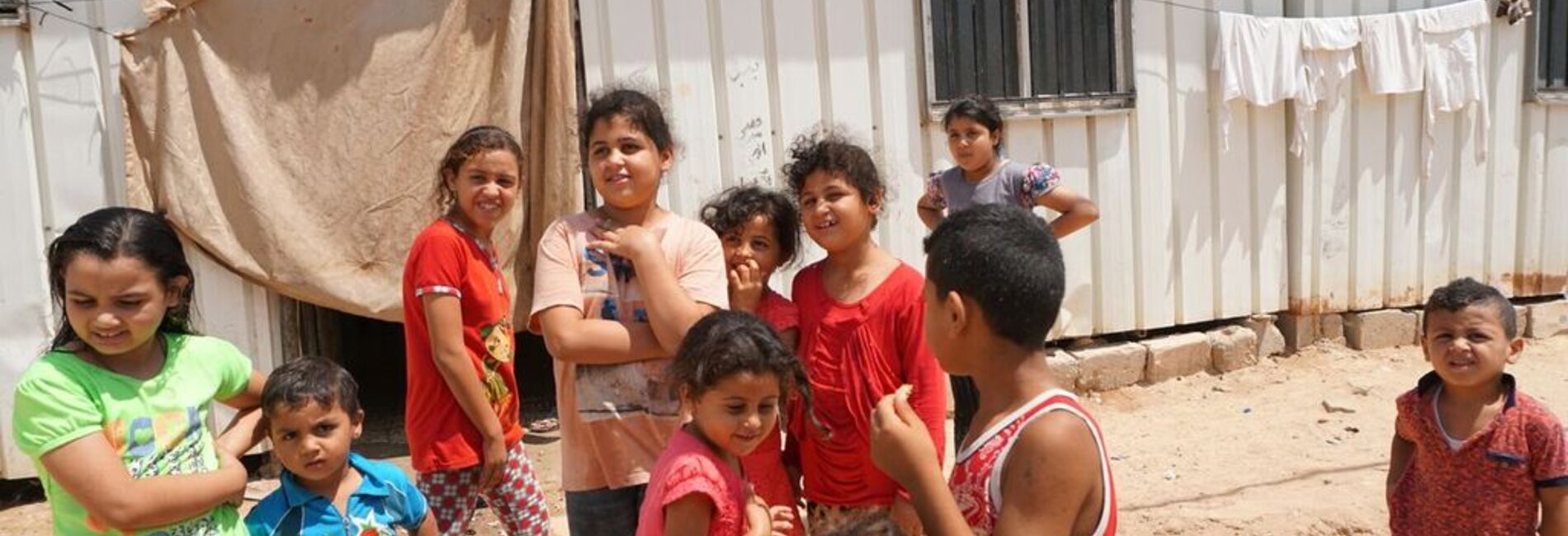Overview: August 2017
Many Palestinians in East Jerusalem are subject to a coercive environment due to a range of Israeli policies, including home demolitions and forced evictions, highlighted in this month’s Bulletin. The hardship generated by this environment is illustrated by the case of the Shamasneh family, who have lived in the Sheikh Jarrah neighbourhood since 1964, and were forcibly evicted from their home on 5 September, following a protracted legal battle. As has occurred in other evictions, the home was immediately handed over to Israeli settlers. This is the first such eviction in Sheikh Jarrah since 2009. The advancement of four Israeli settlement plans in Sheikh Jarrah would, if approved, lead to the eviction of over 70 additional Palestinian residents, and likely result in restrictions and tensions that will undermine the living conditions of Palestinian residents of the area.
In East Jerusalem, as in the rest of the occupied Palestinian territory, Israel is obliged under international law to ensure the welfare of the protected population, and refrain from changing the status and demographic composition of, or transferring its own population to, the occupied territory. On his first visit to Israel and the OPT in late August, the UN Secretary-General, António Guterres, reiterated the international community’s position that settlement activity “is illegal under international law [and] an obstacle that needs to be removed” if a two-state solution is to be mplemented.
The Secretary-General also visited the Gaza Strip, which he described as “one of the most dramatic humanitarian crises that I have seen in many years working as a humanitarian in the United Nations.” Three years after the 2014 conflict, Palestinians in Gaza are still struggling to cope with the impact of successive hostilities, the Israeli blockade, the internal Palestinian divide and the dramatic deterioration in electricity supply.
Electricity outages ranging from 18 to 20 hours a day continued in August, impacting the availability of essential services, and undermining Gaza’s already fragile economy, including agriculture. As reported in this month’s Bulletin, some 30,000 out of 80,000 dunums planted with seasonal vegetable crops are at risk due to irregular irrigation, with dairy cattle farmers and poultry breeders also facing significant losses. The longer-term impact of the electricity crisis may result in farmers losing the motivation and the means to obtain capital to invest in an ncreasingly insecure enterprise.
In response to the electricity crisis in Gaza, in July, humanitarian agencies in the OPT appealed for US$25 million for urgent lifesaving interventions in the health, water and sanitation, and food security sectors.
On 24 August, US$ 2.5 million was disbursed from the OPT Humanitarian Fund, a local pooled fund managed by OCHA on behalf of the Humanitarian Coordinator, to cover some of the urgent needs identified in the Gaza appeal. During his visit to Gaza on 30 August, during his visit to Gaza, the Secretary-General also announced an allocation of US$4 million from the Central Emergency Relief Fund (CERF), the UN’s global emergency response fund, to support some of the identified interventions.
These allocations help ensure the provision of basic services through the end of the year, but additional support to mitigate the worse impacts in the areas of health, water, sanitation and food security, is required.
Additionally, as reported in the Bulletin, 29,000 people in Gaza remain displaced by the 2014 hostilities, with over 19,000 still awaiting funding for reconstruction. There is also a funding shortfall for temporary shelter cash assistance (TSCA), to enable families to rent accommodation until their homes are reconstructed or rehabilitated. The funding deficit is also affecting programmes for the 235,000 children who were identified to be in need of child protection services, including psychosocial support, in the 2017 Humanitarian Response Plan (HRP) for the OPT, Currently, the 2017 HRP is only 42 per cent funded, with some US$ 233 million received of the US$ 551.9 million requested.
In Gaza, the Secretary-General appealed “to the international community to strongly support humanitarian aid in Gaza” while acknowledging that “the solution for the problems of the people of Gaza is not humanitarian.” He concluded his visit to Gaza with two appeals: “The first, an appeal for unity. Yesterday, I was in Ramallah. Today, I am in Gaza. They are both parts of the same Palestine. So, I appeal for the unity, in line with the principles of the Palestinian Liberation Organization. The division only undermines the cause of the Palestinian people.”
His second appeal was for “a credible political process in order to address the problems that exist and to allow for the two-state solution to be implemented, removing the obstacles on the ground. But, at the same time, together with that political process, a program of action to improve the living conditions of the Palestinian people.”










